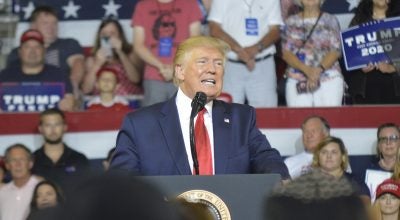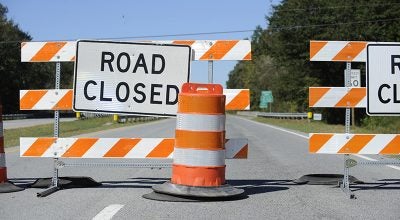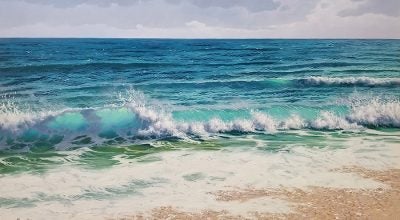Weather Station Available at Columbia High School
Published 9:53 pm Monday, April 14, 2014

This weather equipment pictured here atop the Columbia High School helps pick up data regarding area weather patterns.
Wind, rain, and snow have blown through Columbia in the last few months,
so it does not hurt to be prepared.
Columbia High School is ready for the next weather event thanks to a grant from the Albemarle Resource Conservation and Development Council.
A weather station, used to measure and publish wind speed, and an advanced KidWind Kit, containing hands-on equipment which demonstrates the power of wind energy, were provided by the Albemarle RC&D.
“Trey Liverman, Rhett White, and Tommy Everett, members of the Albemarle RC&D Council from Tyrrell County, presented the items to Leonard Leta, science teacher at Columbia High School. These items were obtained by Albemarle RC&D through a Renewable Energy Economic Solutions Grant from the North Carolina Rural Center,” reads a press release issued by Linda Peterson, program manager at the RC&D Council, earlier this year.
At the end of the school year, the school will report on the use of the equipment and the impact on the students’ learning experience.
Columbia Early College/High School was selected as one of the four schools in northeast North Carolina to receive equipment that will be used to study Wind Energy as part of the Science Curriculum.
Leonard Leta, Science Teacher at Columbia High School, discussed plans for the equipment.
“I teach earth science and there is a meteorology unit. Having a weather station here allows us to have our weather forecasted that is actually here. Right now our weather station is located in Edenton airport. That is where the forecast comes,” said Leta.
Leta pointed out that the Albemarle Sound is between Columbia and Edenton. This is one reason why the weather is very different in Columbia.
“The equipment on top of the High School building has been collecting weather data since last Friday,” said Leta.
Leta has a wireless receiver in his classroom, which tells him what the temperature is both inside and outside the classroom. Humidity, wind speed, and wind direction are also measured.
“It is the whole nine yards. It will put it all together and put a forecast on it for you,” said Leta.
A weather unit is taught at the beginning of the year.
“All year long I am able to go online and check things out. We talk about weather phenomenon on a regular basis. This just helps us get a better understanding of things,” said Leta.
Leta said that if he had been around for the EF-2 tornado which touched down in eastern North Carolina on April 7 he would have been able to track it.
“We would have watched the barometer just drop. We would have been able to say it is coming, it is coming,” said Leta.
The weather collecting stations have a number of different sensors. It will collect humidity information indoor and outdoor. Wind speed, direction, temperature, and barometric pressure are also measured.
Leta said students often ask if it will rain the next day.
“We have all these athletes who want to determine whether we are going to play the day of a game,” said Leta.
The KidWind equipment will come into focus later when Leta’s electricity unit enters the curriculum.
“Those are three kits that my physics students will in the near future put together to generate electricity. They are miniature wind generators. There is enough supply to build three individual ones,” said Leta.
The kits have meters to measure the degree of electricity being generated.
“They will build three wind generators. They have three or four things to use for propellers to see which is the most efficient, turns the easiest and the fastest,” said Leta.
Leta is in his sixth year of teaching at Columbia High School. He has taught ten years in Virginia. He is originally from Connecticut. He runs a charter fishing business in the summer called Soundside Adventures.





